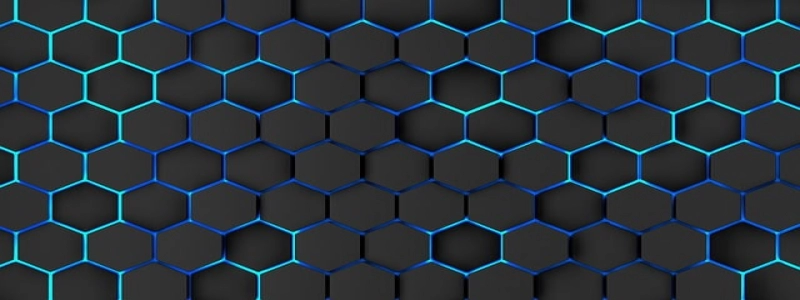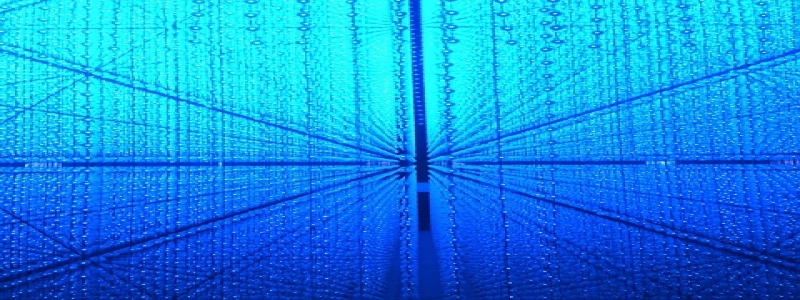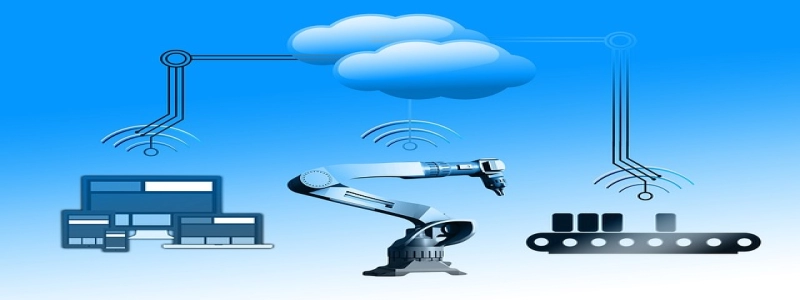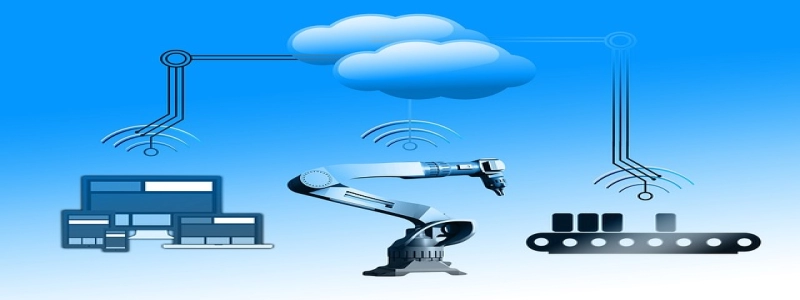Simplex Single Mode Fiber
Introduction:
In the world of optical communication, there are various types of fiber optic cables available, each with its unique features and applications. One such type is the simplex single mode fiber, which is widely used in long-distance communication systems. This article aims to provide a detailed explanation of simplex single mode fiber, including its structure, advantages, and applications.
Structure:
Simplex single mode fiber is composed of a single strand of fiber optic cable. The core diameter is relatively small, typically around 8-10 microns, which allows for the transmission of only one mode of light. This means that the light travels along a single path, resulting in reduced dispersion and increased signal quality. The core is surrounded by a cladding layer, which has a lower refractive index to maintain the light’s path within the core. Finally, the entire cable is protected by a jacket, providing mechanical strength and protection against external factors.
Advantages:
1. Distance: Simplex single mode fiber allows for long-distance communication due to its low attenuation rate, which means less signal loss over great distances. This makes it ideal for applications that require high-speed data transmission over extended distances.
2. Bandwidth: With its small core diameter, simplex single mode fiber can support higher bandwidth capacity compared to other types of fiber optic cables. This makes it suitable for applications that require high data transfer rates, such as video streaming, cloud computing, and telecommunication networks.
3. Signal Quality: The transmission of only one mode of light in simplex single mode fiber ensures better signal quality, as there is minimal dispersion and signal distortion. This results in higher data transmission rates and reduced error rates.
Applications:
1. Long-haul Communication: Simplex single mode fiber is commonly used in long-haul communication systems, such as national and international telecommunication networks. Its ability to transmit signals over vast distances without significant loss makes it ideal for these applications.
2. Data Centers: Data centers require high-speed data transmission and large bandwidth to handle the immense amount of data being processed. Simplex single mode fiber is often used to connect servers and networking equipment, providing reliable and high-performance connectivity within the data center.
3. Internet Service Providers: ISPs often use simplex single mode fiber for their backbone infrastructure to deliver high-speed internet services to customers. Its ability to support high bandwidth and long-distance transmission ensures reliable internet connectivity.
Conclusion:
Simplex single mode fiber is a crucial component in the field of optical communication, offering numerous benefits such as long-distance transmission, high bandwidth capacity, and excellent signal quality. Its applications range from long-haul communication systems to data centers and internet service providers. As technology continues to advance, simplex single mode fiber will play an integral role in meeting the increasing demands for faster and more reliable data transmission.








